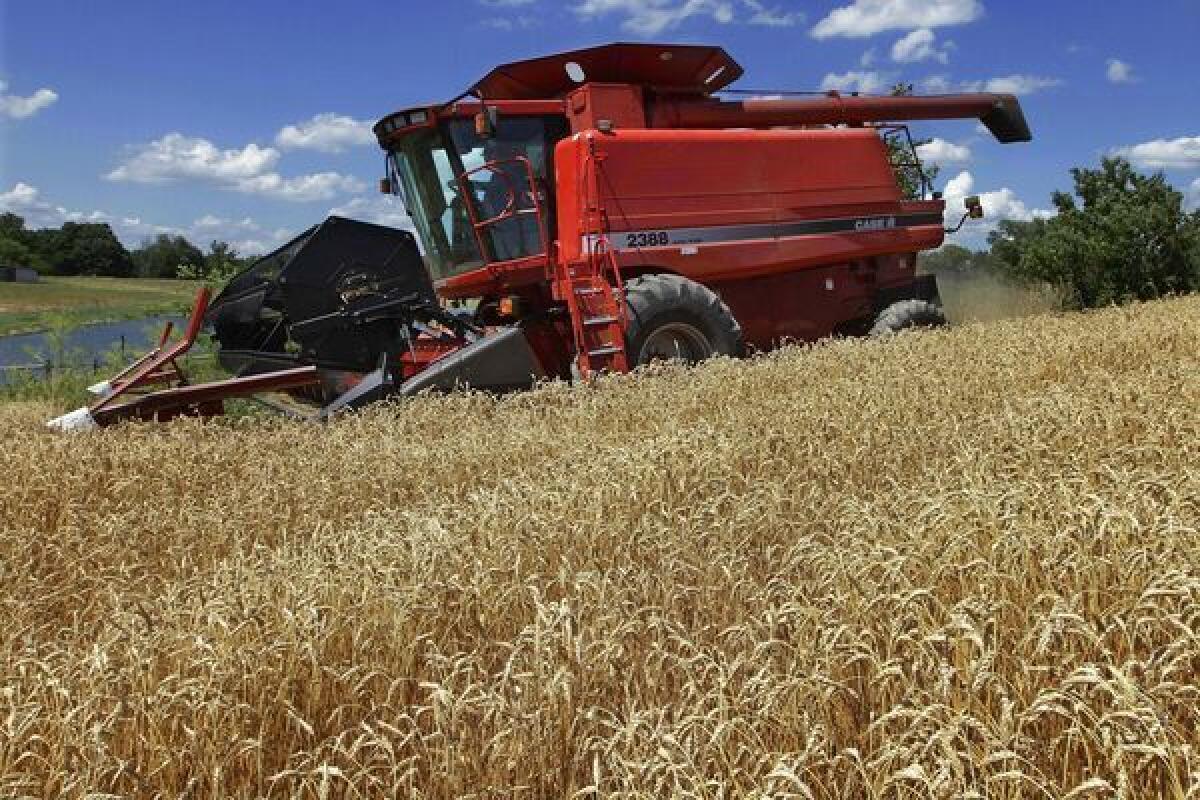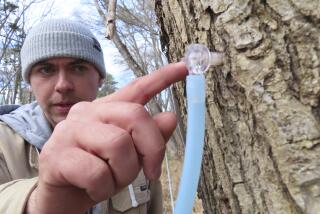Genome of bread wheat laid bare for scientific gleaning

Another day, another genome -- that’s how easy large-scale DNA sequencing has gotten these days. Following fast on the tracks of the domestic Duroc pig and the watermelon, bread wheat, Triticum aestivum, now has its genetic code laid bare.
It was a tough job -- because the ancient events that gave rise to wheat involved three separate hybridization events between close grassy relatives, resulting in a hulking, bloated genome. Wheat has at least 94,000 genes to our paltry 20,000, and as many as six copies of each gene (we have two). Correctly stitching together all the DNA pieces in the face of this redundancy is not for the weak-willed, but a team of researchers at a variety of European and U.S institutions are well on the way.
A quick sketch of how wheat came to be: Thousands of years ago, a wild grass called Triticum urartu crossed with another grass species (scientists aren’t exactly sure which one). The resulting hybrid later duplicated all of its chromosomes. Even later, a third grass -- Aegilops tauschii -- hybridized with that first hybrid, producing bread wheat, Triticum aestivum. Because of this long and winding history, whereas generally each cell carries two copies of each gene, bread wheat ended up with six -- at least to begin with.
The analysis so far, which was published in the journal Nature, shows that many of the duplicated genes have been lost or are no longer active. But some gene classes have been preserved more than others -- principally regulatory genes, whose jobs are to turn other genes in the genome on or off.
And some types of genes have actually increased in number, the scientists found -- like those involved in growth, defense against diseases and nutrient content.
Much more, no doubt, to come from this down the road. Bread wheat is a crucial crop; it supplies about 20% of the calories eaten by people around the world. Analysis of its genome should help pinpoint genes that influence resistance to disease, drought, frost, nutrient-poor and water-logged soils, and more besides.






